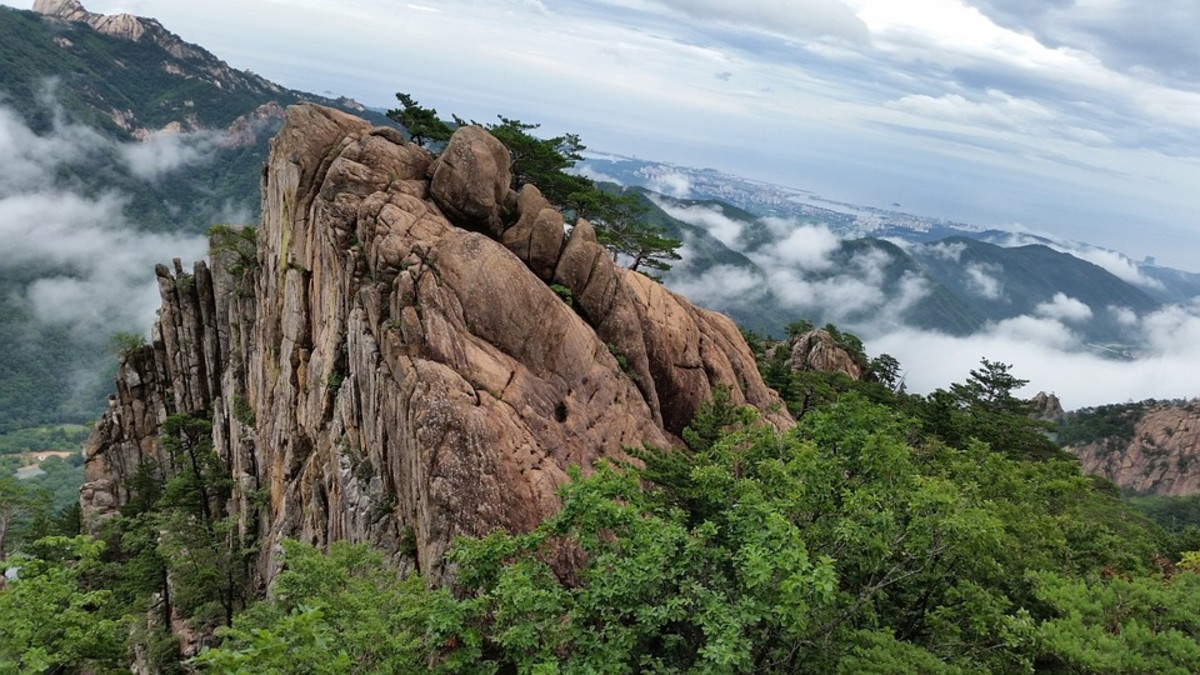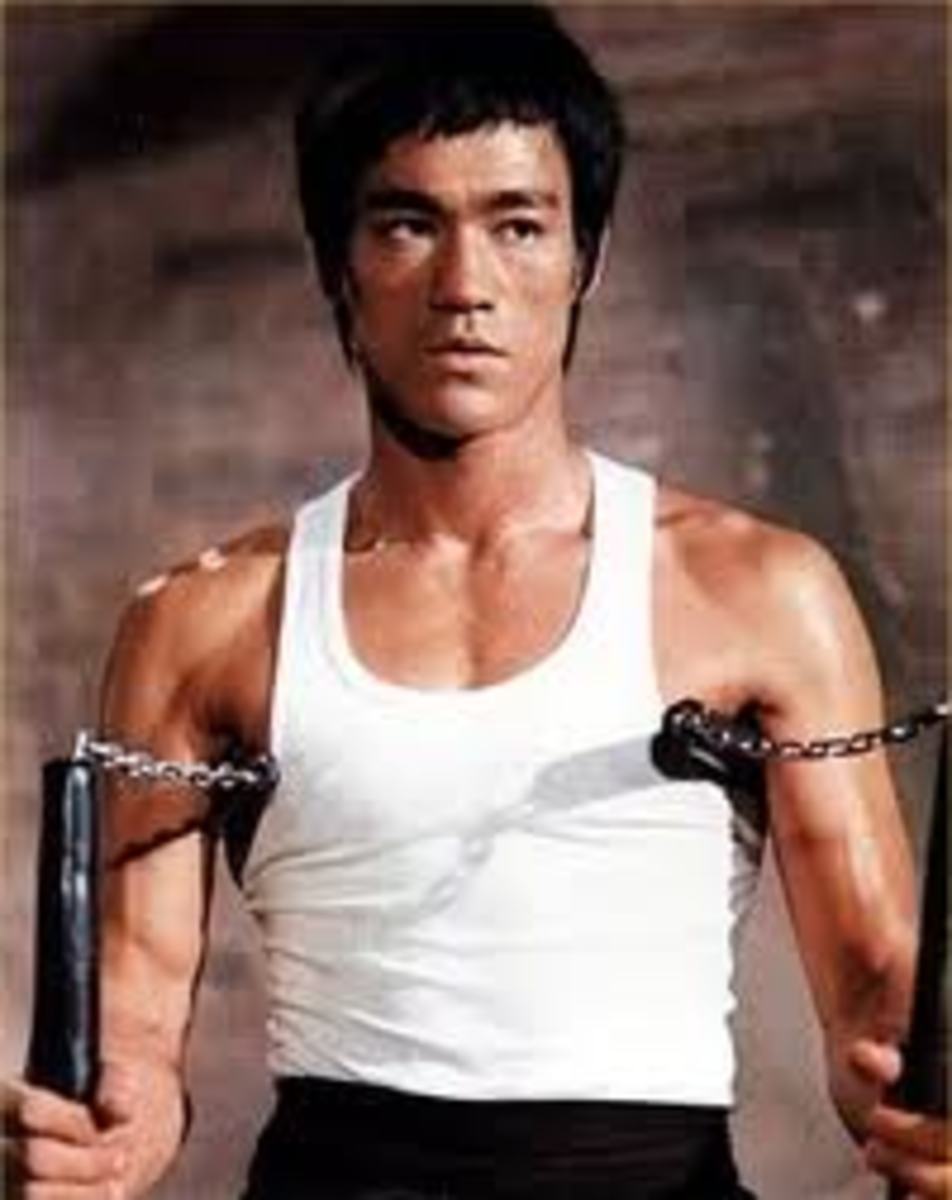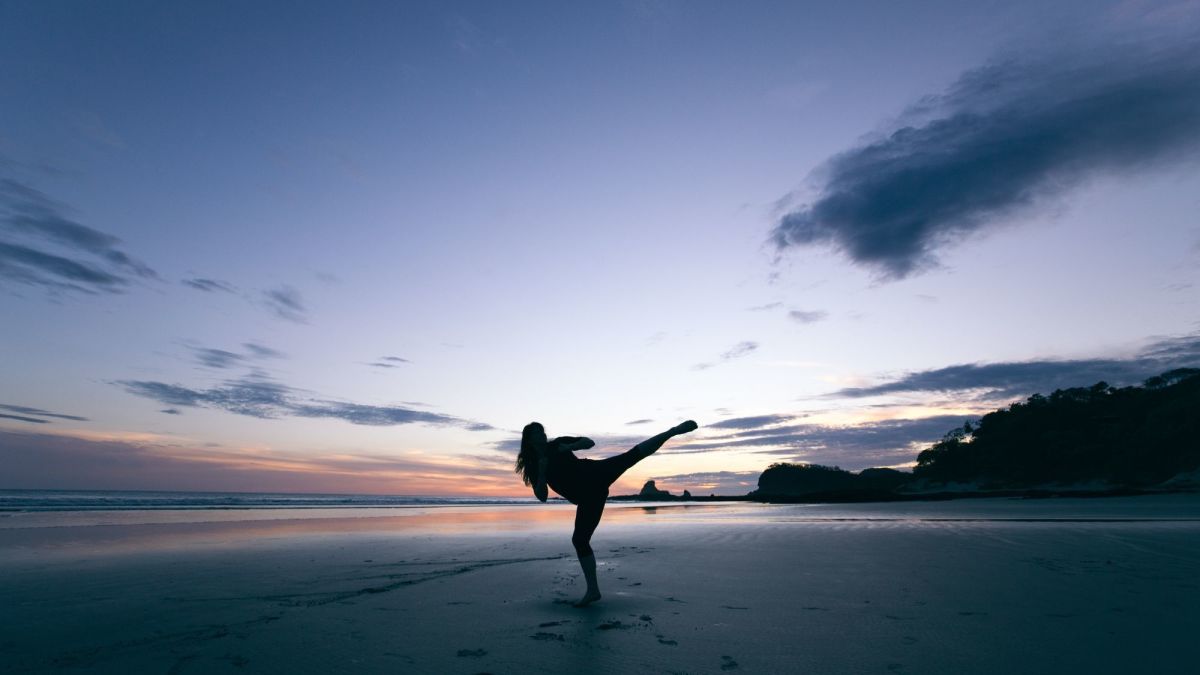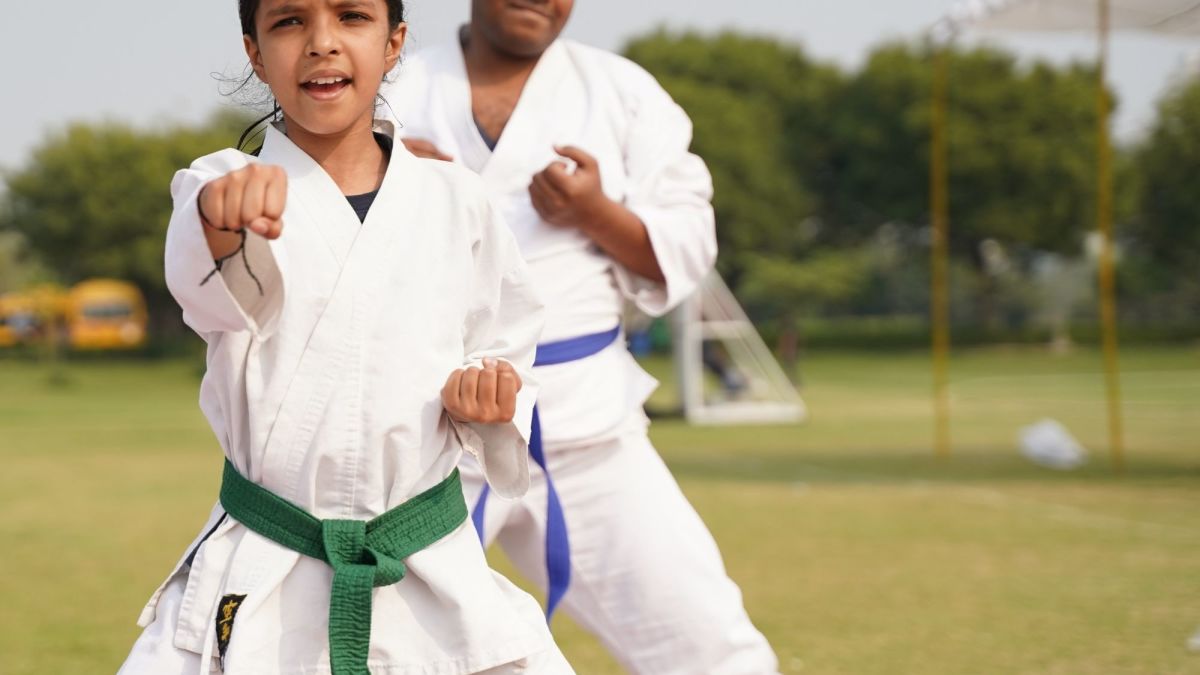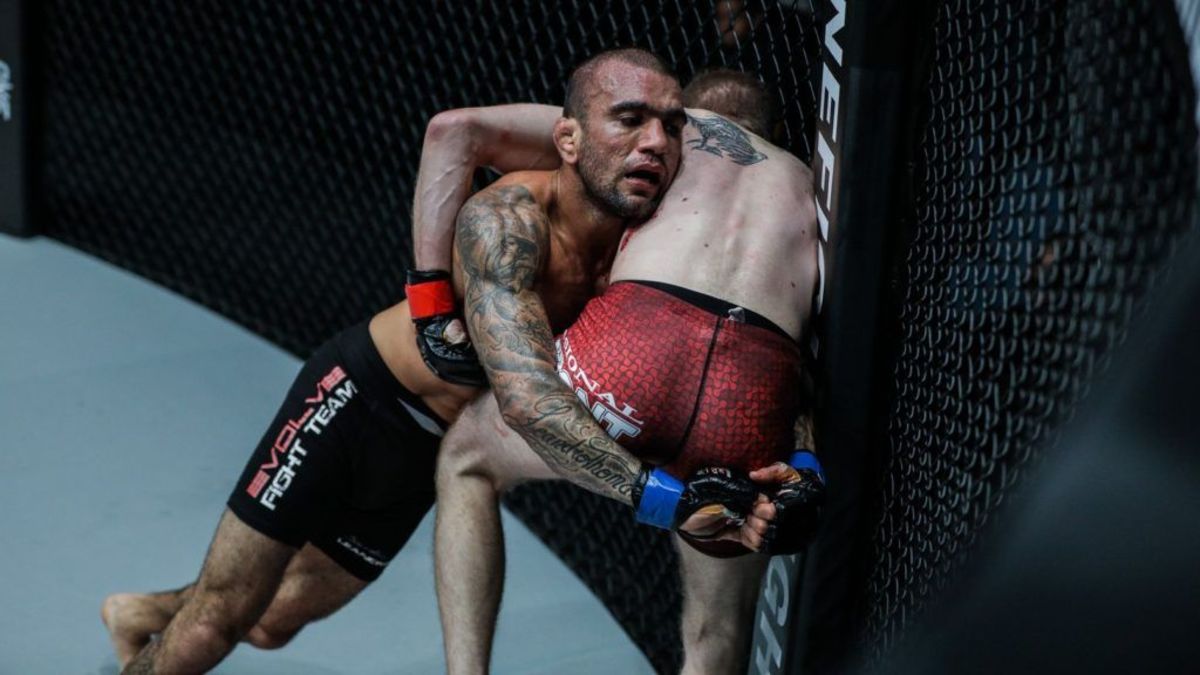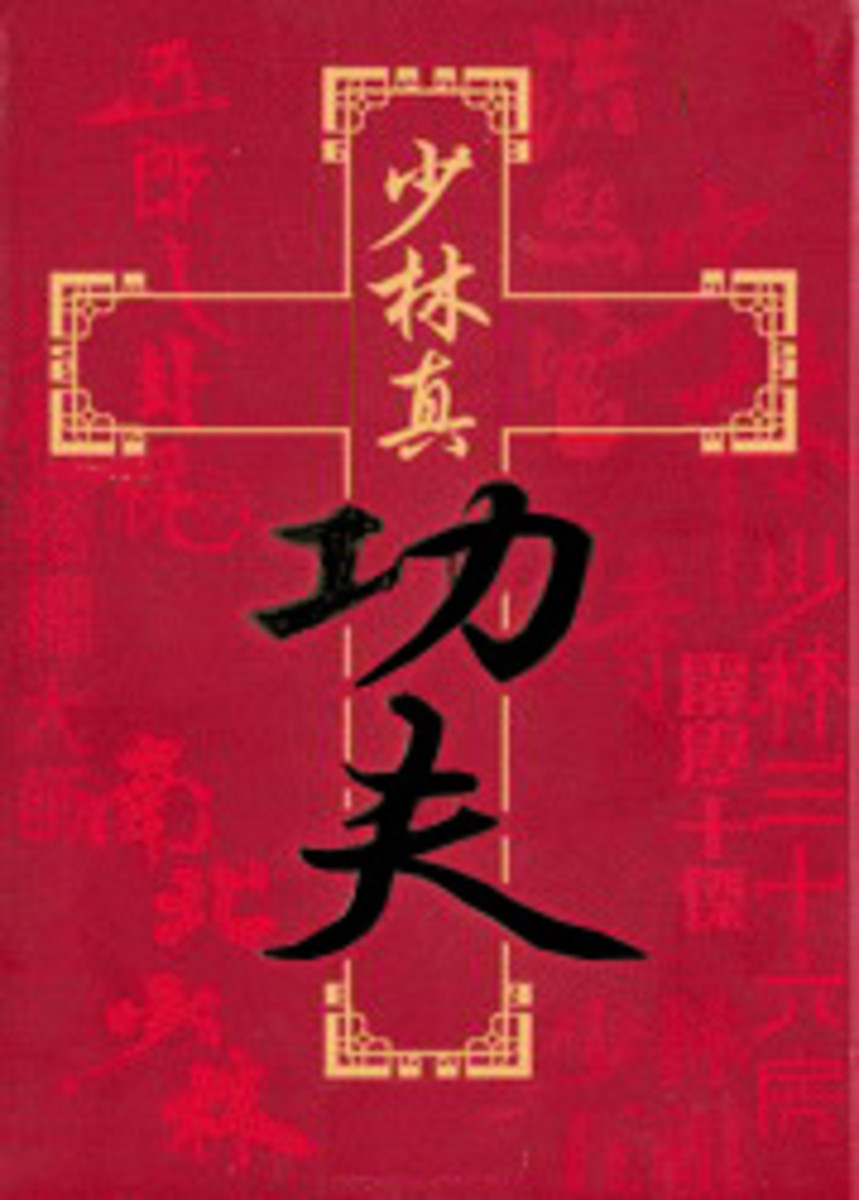Qi / Ki, or Vital Force in Martial Arts
What is qi / ki?
Qi / Ki is a psycho-biological, impersonal force, the cultivation and utilization of which has been one of the primary goals of the practice of martial arts.
Historically, martial disciplines have been aiming at various outcomes from claiming victory in combat to self-realization and to enlightenment.
Japanese and Chinese traditional martial arts assume the existence of an animatistic concept of impersonal power called ki in Japanese and qi (ch’i). Commonly referred to as a bio-electric life energy or psycho-physical force, qi / ki is also called vital breath, subtle energy, directed intention, etc.
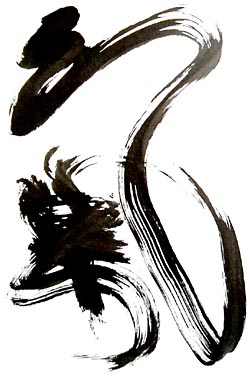
Benefits of the cultivation of Qi / Ki
Qi / ki is believed to live in all breathing things, and most traditional martial arts teach techniques, available to high-level practitioners, to cultivate it and direct its circulation throughout the body. The benefits are many and varied from longevity and good health, to fast healing injuries, power to inflict high damage on enemies and break objects.
Sino-Japanese medical theory teaches that qi / ki permeates the whole universe as well as circulates through the human body along paths or meridians. Acupuncture, massage and even mental intent can control the flow of qi / ki. According to some experts qi / ki is experienced both on physiological and emotional levels.
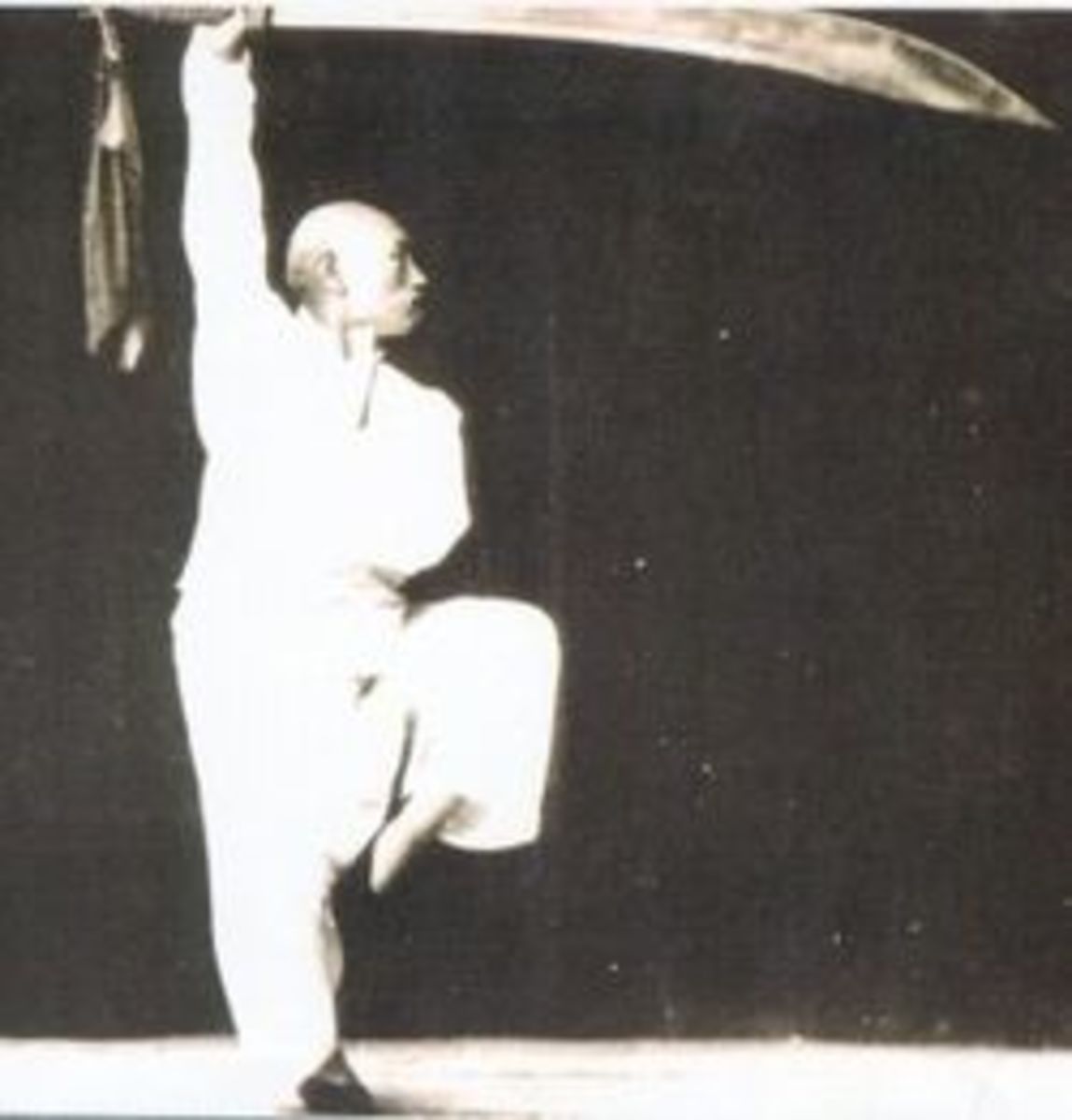
Applications of the Concept of Qi / Ki in Martial Arts
The concept of qi / ki is of paramount importance in the traditional Chinese martial arts, taijiquan (tai chi ch’uan), baguazhang (pa kua ch’uan), and xingyiquan (hsing i ch’uan) and in the traditional Japanese arts under the influence of aikijujitsu.
Practitioners use special breathing-, meditation-, and visualization techniques to focus qi / ki in the lower dantian, a spot in the lower abdomen 3 inches below the navel, and influence its flow throughout the body.
Applications of qi / ki theory in martial disciplines are many and varied, but essentially range from the use of kiai, or spirit yell, whereby the lower abdomen forcibly expels air with a yell of "Tô," to the development of 6th sense abilities, such as the anticipation of an opponent’s next move.
There are many paranormal claims associated with the use of qi / ki, such as the ability to sense impending danger, heal your own wounds or those of others, or control the weather.
Power of Meditation: Qigong Master Chi Energy
Arguments in favor of and against the Qi / Ki Concept
Qigong meditation that uses the flow of qi / ki seems to have physiological effects on the brain and body. Shih Tzu Kuo states that the deep relaxation associated with meditation practice relieves stress, lowers blood pressure, adrenaline and lactate levels, and cuts oxygen consumption.
Skeptics of the concept insist that qi / ki is actually the proper utilization of breathing techniques, mental focuses, body weight, timing, and the laws of physics as opposed to being a separate force on its own. When one synchronizes these individual factors, a synergistic effect can be achieved that allows for some of the afore-mentioned mental and physiological benefits.
Varieties of Qi / Ki and their Influence
Several varieties of qi / ki are well-known in Taoist folklore, such as Jing Qi, that is, a yin, or negative force in Chinese cosmology, with close connections to sexual energy, and Yuan Qi, that is, the original energy inherited with one’s body that, when dissipated, causes one to die. Another form of qi / ki is Shen, or heavenly qi, that is one's spiritual energy.
Qi / ki has also been considered as the bridge of energy connecting the physical body to the spiritual body. Cultivation of qi is an integral part of a number of Asian-based meditative systems that have been instrumental in the development of traditional martial disciplines.
Hubs on Martial Arts
- Budo, Bujutsu, and Bugei in Japanese Martial Arts and History
The terms budo, bujutsu, and bugei as classifications for Japanese martial arts have been used conventionally to discuss the multiple goals and purposes of traditional Japanese combative training: Bujutsu or... - Baguazhang, Traditional Chinese Martial Art
Baguazhang (Pa Kua Chuan) is the Chinese martial arts class that is most unique in appearance. Its name comes from the bagua, an eight-trigram pattern used in Chinese philosophy and astrology, actually... - Iaido, Japanese Martial Art of Swordsmanship
Iaido is the Japanese martial art form of drawing and cutting in the same motion, also known as "cutting from the draw." It comes to us from the middle of the 16th century, when warriors started wearing the... - Kendo, Japanese Martial Art of Fencing
Kendo is the Japanese martial discipline of fencing originating from combative techniques of Japanese swordsmanship. Kendo is valued for its health, educational, spiritual, and sporting benefits. - Kyudo, Japanese Archery Tradition
The practice of Japanese Archery, called Kyudo, can be traced back to 2 different origins: ceremonial archery connected to Shinto and combatant archery associated with warfare and hunting.


